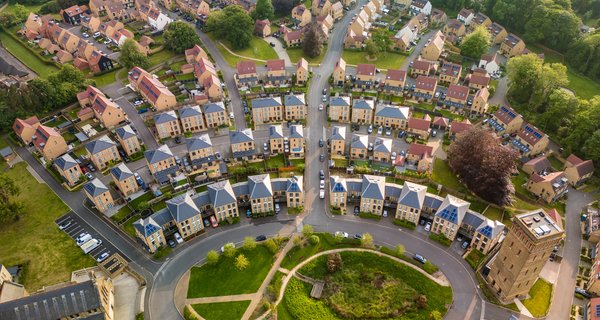Applications of this work
Understanding, predicting and simulating
The 10 energy-use profiles in this publication offer a foundational understanding of how households use energy in GB. While these profiles serve a specific purpose, the underlying methodology can be adapted to serve various use cases. These energy-use profiles help answer questions like:
- What proportion of the population consumes energy in a certain way, and how much do they consume on average?
- What are the characteristics of a specific energy-use profile?
- Which energy-use profile should the government target to tackle fuel poverty?
Beyond understanding, energy-use profiles can be used to predict which group a household belongs to, based on their energy usage and/or underlying characteristics. Energy-use profiles can also be used to simulate changes to household energy consumption. For example, one could model the impact of a household switching from fossil fuel heating to a heat pump, or explore what happens if 10% of the population with specific characteristics change or flex their energy demand.
Potential applications of energy-use profiles include the following.
- Identifying those underheating their homes and/or in fuel poverty: accurate identification of underheating and fuel poverty can enable better policy-making, efficient allocation of resources and funding, leading to decreased inequality and increased health and wellbeing.
- Providing personalised recommendations and advice to consumers: these profiles can be used to offer personalised energy-saving advice (and incentives) tailored to the specific consumption patterns of each household’s profile, optimising energy usage and saving money.
- Grid load forecasting: understanding when and how different household types consume energy allows for more accurate load forecasting. This is crucial in day-to-day forecasting of peak demand, but also for predicting how demand and peak demand will change as we approach 2050, with homes transitioning through profiles as their occupants and/or property characteristics/assets change.
- Carbon Footprint Analysis: energy-use profiles can be used to estimate the carbon footprint of different profiles, helping households and policymakers understand and reduce their environmental impact.
- Work on energy equity: in general, energy-use profiles can be used to identify and address energy inequities, such as providing support to low-income households that may have high energy costs relative to their income.
Explore more in your own time
To explore the insights presented in this report in your own time (including seasonal differences), visit energy-use-profiles-explorer.dap-tools.uk.





